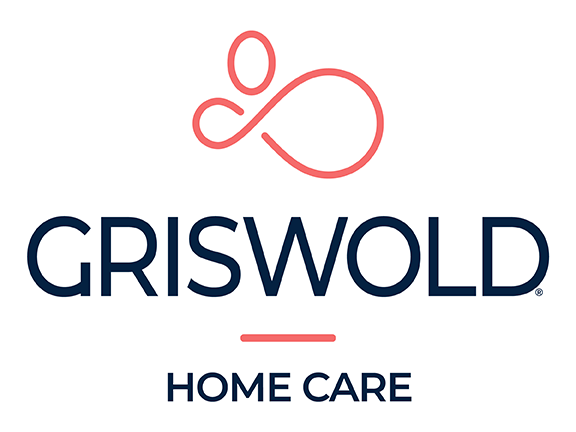By Derek Jones
Does your loved one appear to be having greater difficulties seeing than they have in the past? Have they recently complained about not being able to see clearly, or have troubles reading or recognizing fine details? If so, they may be suffering from cataracts. This eye condition is one of the most prevalent in elderly people, affecting nearly half of those age 80 and older. Old age is the prevailing cause in most cases, though certain risk factors can aggravate the disease and impact individuals earlier in their life.
Download free caracts guide here.
What are Cataracts?
In brief, a cataract is a clouding of the eye lens that occurs naturally over time as a result of muscle strain and due to the gradual wear and tear of the parts of the eye that allow us to see clearly. When the lens is clouded (imagine a film placed over glass), its ability to reflect light to the retina is hindered, thus resulting in poorer vision.
 Though it is very common, cataracts can be a potentially debilitating condition that can render individuals incapable of performing daily activities. It is worth noting the difference between cataracts and glaucoma, as many people confuse these two different eye disorders as the same problem. By contrast, glaucoma occurs when the eye’s optic nerve is damaged, which is caused by built up fluid pressure in the eye. The key difference between glaucoma and cataracts is that, with glaucoma, just one part of the eye is affected. However, blindness can result from both diseases.
Though it is very common, cataracts can be a potentially debilitating condition that can render individuals incapable of performing daily activities. It is worth noting the difference between cataracts and glaucoma, as many people confuse these two different eye disorders as the same problem. By contrast, glaucoma occurs when the eye’s optic nerve is damaged, which is caused by built up fluid pressure in the eye. The key difference between glaucoma and cataracts is that, with glaucoma, just one part of the eye is affected. However, blindness can result from both diseases.
Gradual vision loss is no less serious than its acute counterparts, especially when it jeopardizes your loved one’s safety. The good thing is that treatment options are available that can help restore vision loss and prevent future cataracts from occurring. Though minor forms of cataracts are typically treated by way of prescription eyewear and the use of magnifying lenses (to aid the lens’ role of reflecting light to the retina), cataract surgery for older people is the only permanent solution. When cataracts start to interfere with a person’s life, physicians usually advise that surgical removal is warranted.
Cataract Surgery for Elderly Patients
The two types of cataract operations for the elderly are Phacoemulsification (Phaco) and Extracapsular surgery, both of which are effective at removing the cataract. Your loved one’s doctor will discuss which option is recommended depending on their individual needs.
Phaco entails making a small incision in the cornea, followed by the insertion of a small device that emits ultrasound waves to slowly break the cataract down. Once it has dissolved, the surgeon will suck the particles out of the eye and lens’ clarity will be restored. Extracapsular surgery is essentially a quicker process of Phaco; instead of breaking the cataract down, the surgeon will make an incision large enough to remove it in one piece.
While there are some risks involved with surgical intervention, cataract surgery for elderly patients is one the safest and most effective procedures available. 90% of individuals notice a marked increase in their vision afterwards.
Identifying the problem and discussing the best ways to treat cataracts with your doctor can help ensure years of healthy vision for many older adults.

